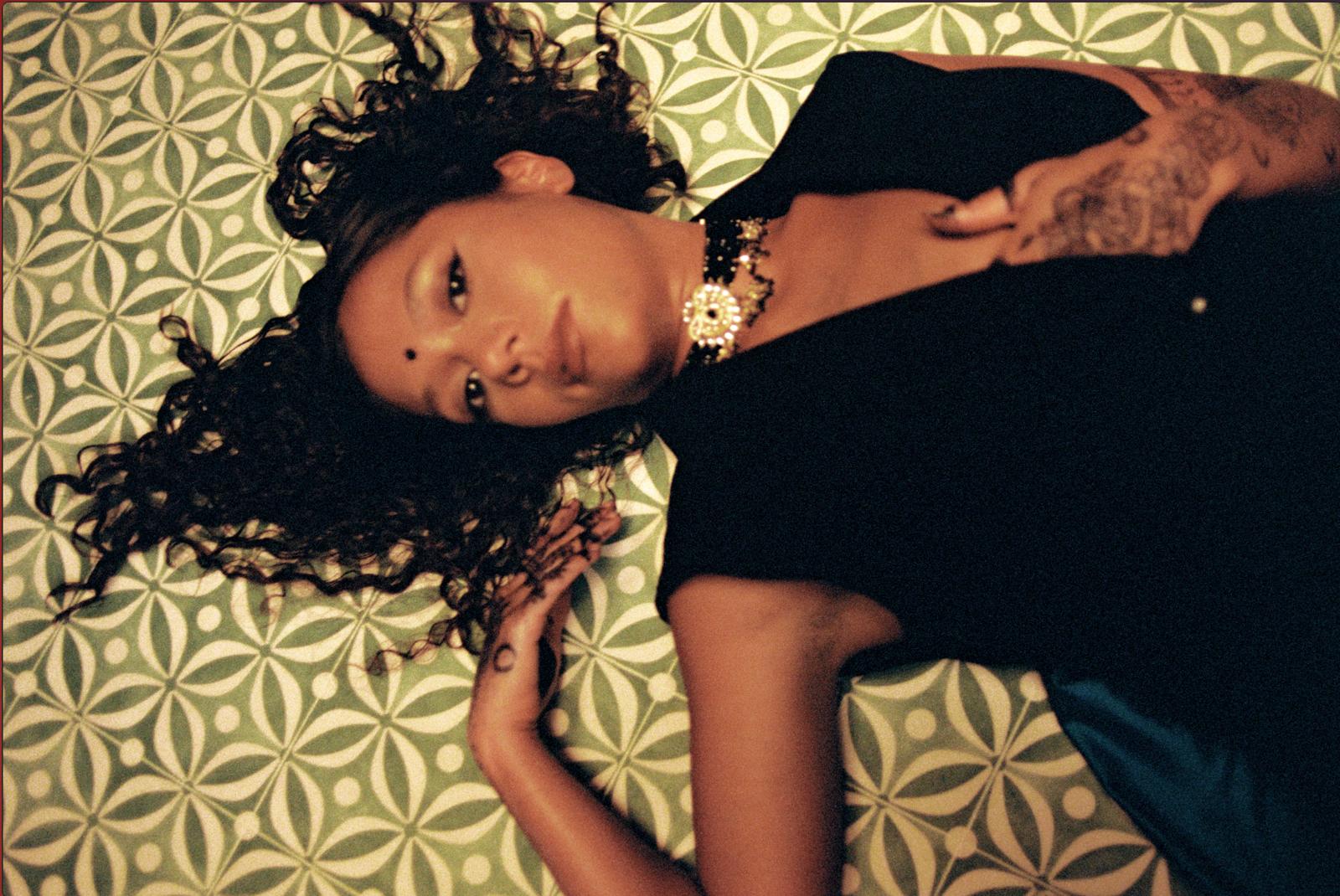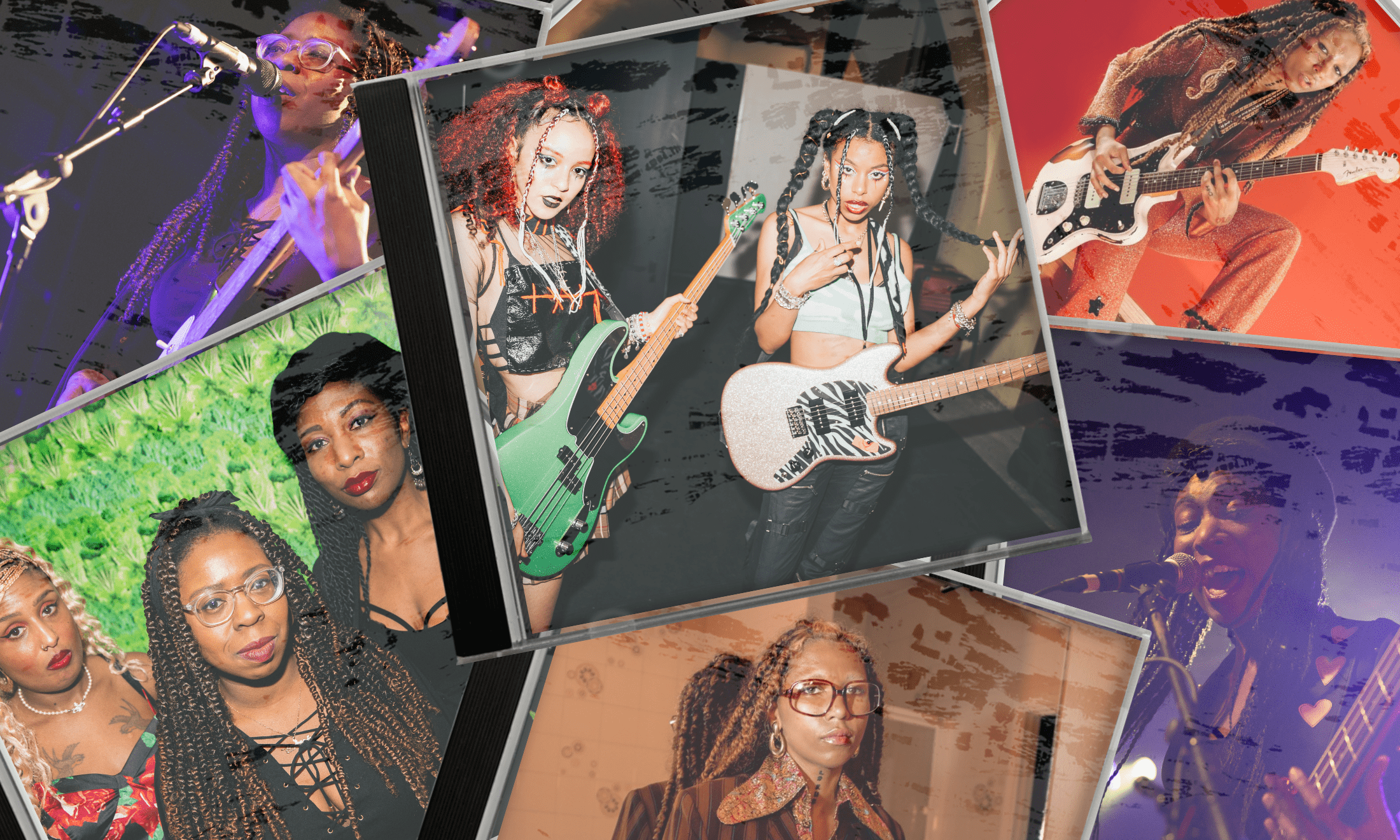
After I first heard Kelela’s mixtape Cut 4 Me, in 2013, a male friend of mine described her as the ‘‘female version of The Weeknd’’. I guess their shared Ethiopian heritage and dreads was enough to invite such a reductive comparison. But what bothered me more than the racialised connotations of that statement, was the suggestion that there was not enough room to evaluate Kelela’s artistry in her own right. As if she needed to be a version of a sound that was already quite successful in order to understand her relevance. It says a lot about how we think of R&B music, that these kinds of lazy analogies are commonplace. When deviations from the genre take place, for example, they’re not recognised as innovative or exciting. Instead, we’re constantly rushing to find ways of boxing black artists into the uniform mould.
It’s not news that, when a black person chooses to sing – no matter the genre – they are automatically boxed in as an R&B artist. Think of FKA twigs’ genre-bending debut and how quickly it was described as “Alternative RnB” much to her disdain. Or Rihanna, who made bonafide pop songs earlier in her career, but was never described as a pop artist because it’s a genre seemingly only reserved for white artists. We may think of her now as an R&B star who embodies what it means to be young and black in the spotlight, but her earlier hits certainly contributed to the pop music canon and surely have an enduring legacy that is denied to her because of a lack of recognition.
This goes to show that R&B – like ‘‘urban music’’ – has long been a racial descriptor for black artists. It has served to limit multi-dimensional musicians who glide between different genres and soundscapes, into a single arbitrary label which says more about their skin colour than their potential.
‘Alternative R&B’ as a label, was created to supposedly cater for artists like Kelela or Solange, Miguel, SZA, Blood Orange, Frank Ocean etc. who fall outside the mainstream of what the R&B listener is accustomed to. The genre of ‘Alternative R&b’ becomes problematic when you realise that these artists actually have more differences between them than similarities. There is nothing that connects the synth-heavy production of a Kelela record with the funk influences of Blood Orange. Or Miguel’s smooth slow-jams with Frank Ocean’s introspective ballads. ‘Alternative R&B’ as a label, ends up offering two pigeonholes instead of just one.
We can never let go of the impulse to classify and categorise – it’s just how we learn. But we don’t need to stop branching off after ‘Alternative R&B’. Rather we can keep branching off to as many genres as we like. Kelela is very much working in the framework of what I’d describe as ‘House R&B’; tracks like Beyoncé’s ‘7/11’ certainly have elements of what could be called ‘Trap R&B’; Blood Orange is undoubtedly ‘Funk R&B’; while Frank Ocean is probably the closest to incorporating the introspectiveness of indie music to his brand to make ‘Indie R&B’.
What these acts all do have in common however, is an appeal to a white ‘hipster’ fan-base prone to music suggestions from the likes of Pitchfork and Spin. In the states for example, these acts are more often grouped together under the label PBR&B after the trendy Milwaukee brewery popular with this crowd. Though the term ‘PBR&B’ began as a joke by Eric Harvey of The Village Voice, it quickly became a legitimate genre and a way of organising R&B music that was appealing (read: respectable) for a white readership. In the definition of these new styles as “alternative”, coverage of these artists wasn’t just discussing how this new music was different to what was in the mainstream, it also implied that it was better.
Miguel has even gone so far as to acknowledge this, in an interview with The Guardian he approved of the term ‘Indie R&B’ to describe his work:
“I’m comfortable with the term because of what it insinuates,” he says. “It insinuates a higher art. Or a deeper or somehow more artistic delivery of rhythm and blues music. It suggests there’s more artistry within a genre that has become more of a cliche of itself.”
The fact that his records are the least experimental or “indie” of all, seems to be lost on Miguel. He has more in common with the likes of Ginuwine than any other so-called ‘Alternative R&B’ peer. The idea that we need to build a hierarchy of what he calls “low” (R&B) and “high” (alternative) art is completely unnecessary. Who gains from it? Who cares if R&B is composed of tired clichés? At the end of the day, if it helps you let loose on the dancefloor it has done its job. It’s not like every time we listen to music, we do it in the pursuit of intellectual enlightenment. Some songs lack ‘substance’ and that is okay. The more we learn that and accept artists equally for their limitations as well as for their experimentations, the more we can let go and let them flourish.








